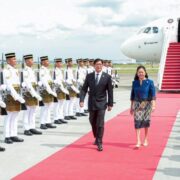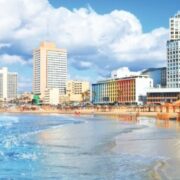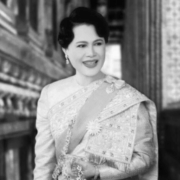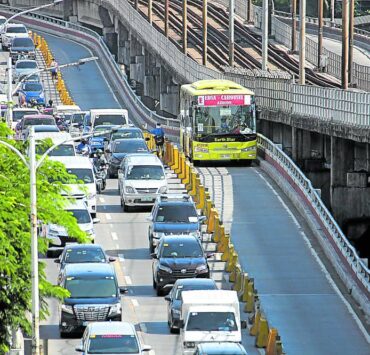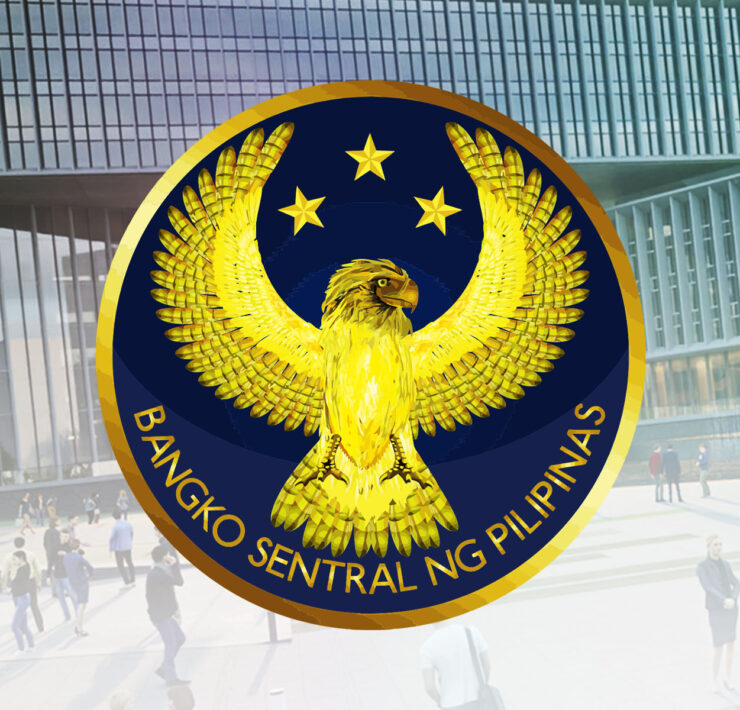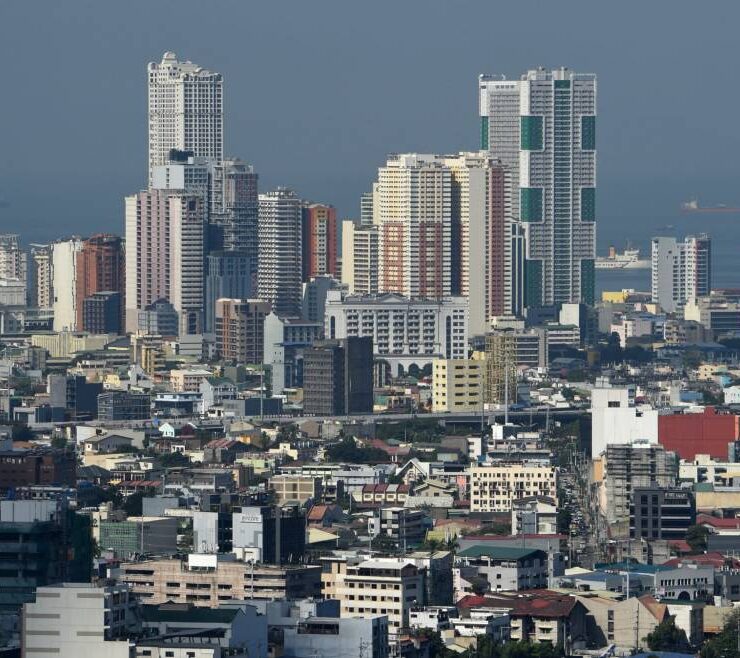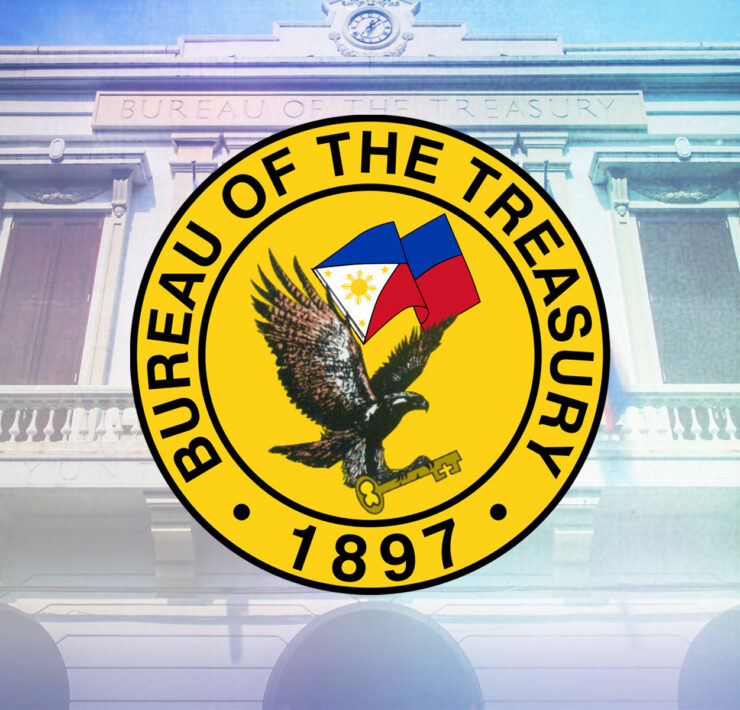Bangko Sentral seen moving independently of US Fed
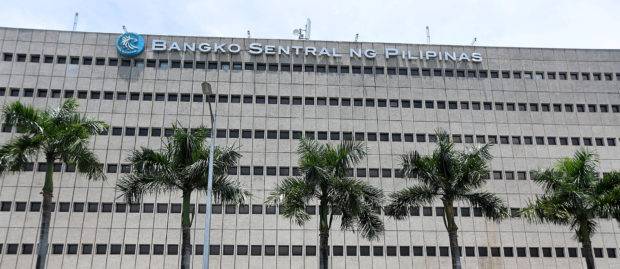
The Bangko Sentral ng Pilipinas (BSP) might soon have to let go of its worries about the peso’s volatility and just move independently of the US Federal Reserve when it comes to easing, HSBC Global Research said, citing the need to prioritize economic growth.
The research group said that while narrowing the policy rate differential with the Fed could make local yields less attractive to foreign capital and hurt the peso, growth concerns “may eventually outweigh the risks embedded in a volatile currency.”
But HSBC said the shift to a “less defensive” foreign exchange policy may not happen until the second half of the year.
“Volatility in the currency does have other economic implications. But with core [inflation] benign, we think the economy can absorb some of the inflationary impact of a weaker currency,” HSBC said in a commentary penned by its Asean economist Aris Dacanay and global foreign exchange strategist Lenny Jin.
“Softening the volatility through timing and market intervention will be key,” it added. “The BSP may soften its US dollar selling interventions when US dollar-Philippine peso [exchange rate] is high but carry on with its reserve accumulation when USD-PHP is low.”
At this year’s first policy meeting held earlier this month, the central bank decided to keep the benchmark rate that banks typically use as a guide when pricing loans untouched at 5.75 percent.
The move defied market expectations, with Remolona admitting that it was not an easy decision for monetary authorities.
Room for support
For market observers who had projected another modest rate cut, a benign inflation that steadied at 2.9 percent in January gave the BSP enough space to focus on supporting economic growth, which had fallen short of both consensus and the Marcos administration’s target last year.
But the BSP chief had said that the pause would help the central bank better assess the impact of back-to-back tariff actions in the US on inflation and the domestic economy. Once the clouds of uncertainties clear, Remolona said, the BSP may resume easing.
While “letting go of the Fed” when it comes to monetary policy is a big statement, HSBC’s Dacanay and Jin said a “competitive” peso could help support the country’s exports at a time of uncertain trade and investment environment.
“A more competitive PHP benefits both exports and FDI (foreign direct investment),” they said.
“Hence, there is room for the BSP to shift towards a less defensive foreign exchange policy, given that the PHP is one of the most overvalued currencies in Asia while the Philippines’ trade relationship with the US and the Philippines’ currency practices are not under any strong scrutiny,” they added.






